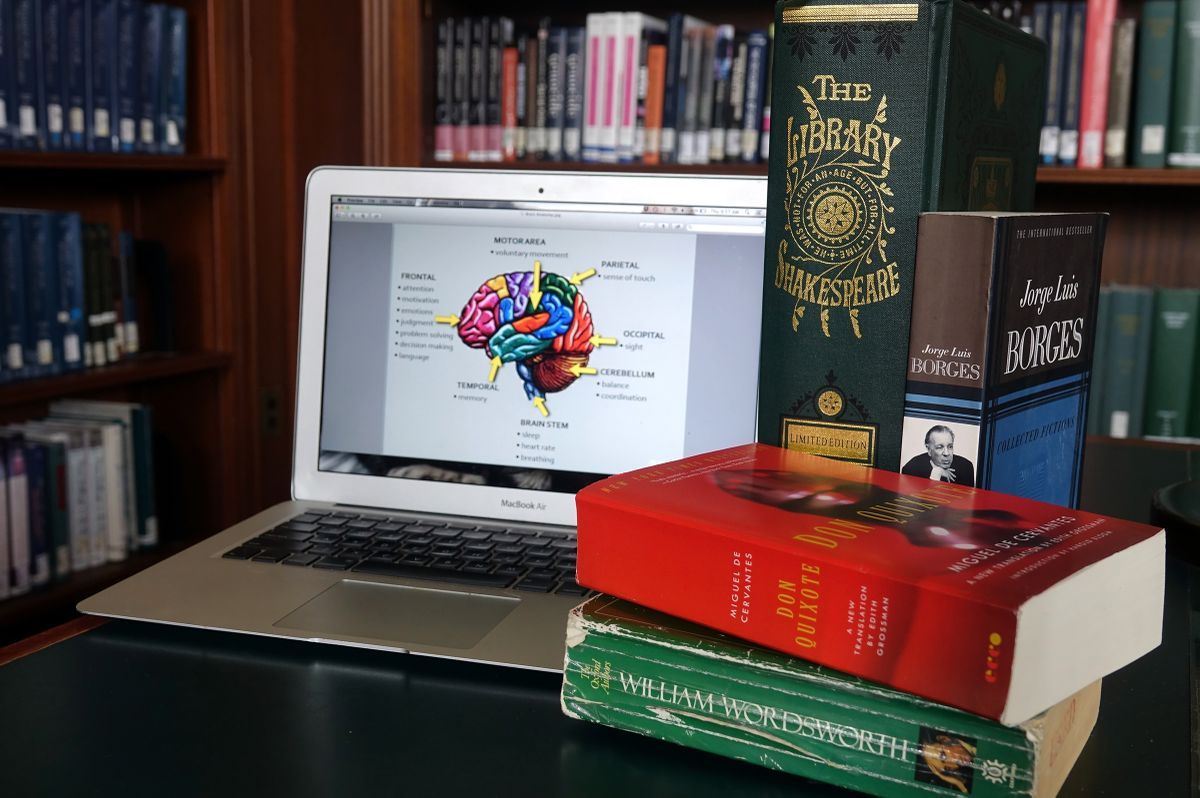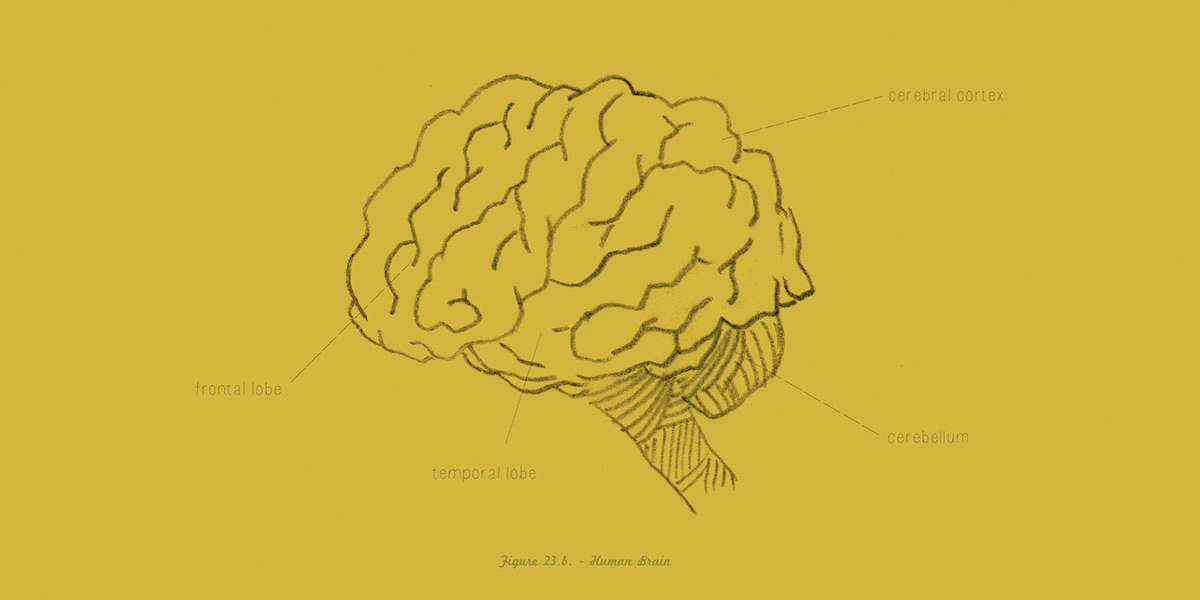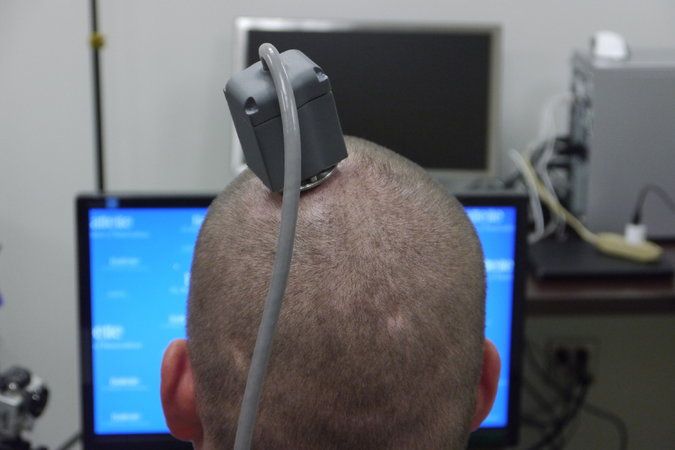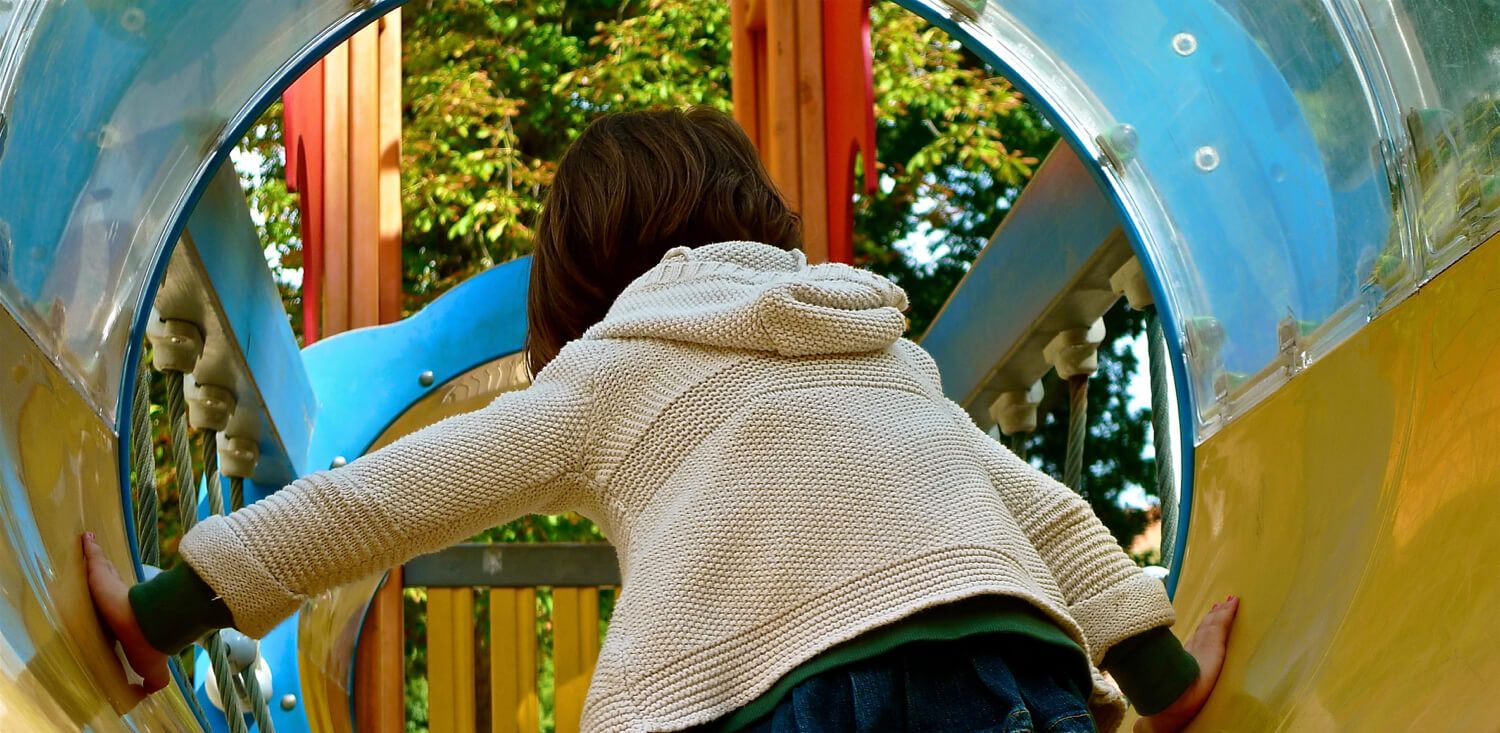Archive for the ‘neuroscience’ category: Page 923
Jul 26, 2016
Genetic factors are responsible for creating anatomical patterns in the brain cortex
Posted by Karen Hurst in categories: evolution, genetics, neuroscience
Studies are showing that anatomical patterning found in the brain’s cortex may be controlled by genetic factors.
The highly consistent anatomical patterning found in the brain’s cortex is controlled by genetic factors, reports a new study by an international research consortium led by Chi-Hua Chen of the University of California, San Diego, and Nicholas Schork of the J. Craig Venter Institute, published on July 26 in PLOS Genetics.
The human brain’s wrinkled cerebral cortex, which is responsible for consciousness, memory, language and thought, has a highly similar organizational pattern in all individuals. The similarity suggests that genetic factors may create this pattern, but currently the extent of the role of these factors is unknown. To determine whether a consistent and biologically meaningful pattern in the cortex could be identified, the scientists assessed brain images and genetic information from 2,364 unrelated individuals, brain images from 466 twin pairs, and transcriptome data from six postmortem brains.
They identified very consistent patterns, with close genetic relationships between different regions within the same brain lobe. The frontal lobe, which has the most complexity and has experienced the greatest expansion throughout the brain’s evolution, is the most genetically distinct from the other lobes. Their results also suggest potential functional relationships among different cortical brain regions.
Jul 26, 2016
Literature and film help teach students to understand the brain
Posted by Karen Hurst in categories: entertainment, neuroscience
UCLA freshman cluster course combines anatomy, history, philosophy and humanities to provide an interdisciplinary approach to studying neuroscience.
Jul 26, 2016
Can a Brain Scan Tell What You’re Thinking? — Pacific Standard
Posted by Karen Hurst in categories: mathematics, neuroscience, space travel
Ever really wanted to know what folks truly are thinking about?
A new experiment advances the idea that brain scans can teach us something about how the human mind works.
By Nathan Collins
Continue reading “Can a Brain Scan Tell What You’re Thinking? — Pacific Standard” »
Jul 26, 2016
Most people are too scared to use brain chips and synthetic blood to improve performance
Posted by Karen Hurst in categories: bioengineering, biotech/medical, computing, military, neuroscience, singularity
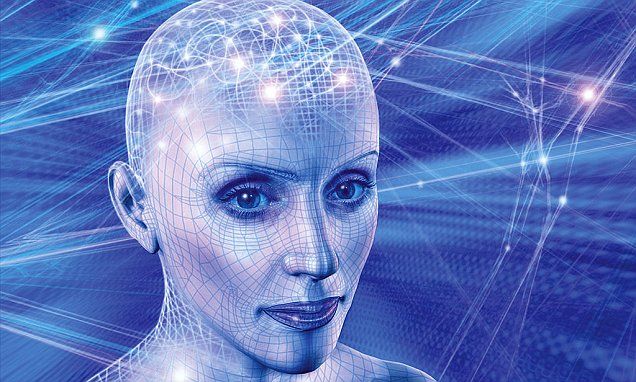
On the path towards Singularity — I believe that this is an individual choice. However, to remain relevant and competitive in industry we may see a day when folks will require this type of enhancement to compete, perform in military operations, etc.
The researchers carried out a survey of more than 4,700 US adults.
Jul 26, 2016
Building a Better Human With Science? The Public Says, No Thanks
Posted by Aleksandar Vukovic in categories: bioengineering, biotech/medical, computing, neuroscience, science
The public was unenthusiastic on all counts, even about protecting babies from disease.
Americans aren’t very enthusiastic about using science to enhance the human species. Instead, many find it rather creepy.
A new survey by the Pew Research Center shows a profound distrust of scientists, a suspicion about claims of progress and a real discomfort with the idea of meddling with human abilities. The survey also opens a window into the public’s views on what it means to be a human being and what values are important.
Continue reading “Building a Better Human With Science? The Public Says, No Thanks” »
Jul 25, 2016
Investigating Alzheimer’s pathologies
Posted by Roman Mednitzer in categories: biotech/medical, neuroscience
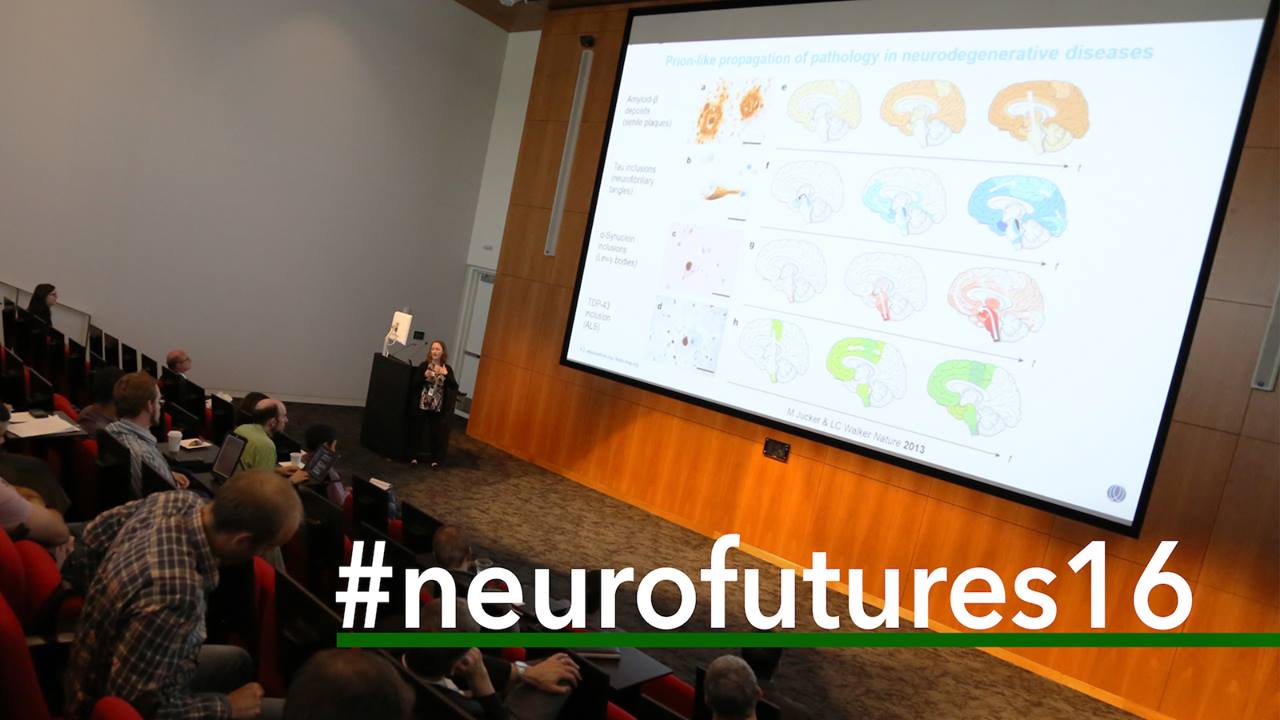
Julie Harris gave a fascinating talk at the recent NeuroFutures conference on mapping whole brain connectivity to investigate Alzheimer’s pathologies in mouse models.
Jul 24, 2016
How Forgotten Baby Memories Rewire Learning in the Brain
Posted by Karen Hurst in categories: neuroscience, sex
Interesting article on toddler memories. I was actually speaking with my mother on Sat. and shared with her 3 distinct memories that I had before age 3. One in the crib seeing my grandmother, second was my first rocking horse, and 3rd was 2 pet birds.
She (my mom) thought that I would have remember building a step staircase out of my grandmother’s drawers of her 6ft chest, and climbed up to sit on top of the chest so that I could throw down my grandmother’s powder on the floor. They saw a cloud of smoke from the powder coming out of the room; and found me.
Just sharing because I am always amazed at how brain sensory and memories work.
Continue reading “How Forgotten Baby Memories Rewire Learning in the Brain” »
Jul 24, 2016
Studying consciousness in the mouse
Posted by Roman Mednitzer in category: neuroscience
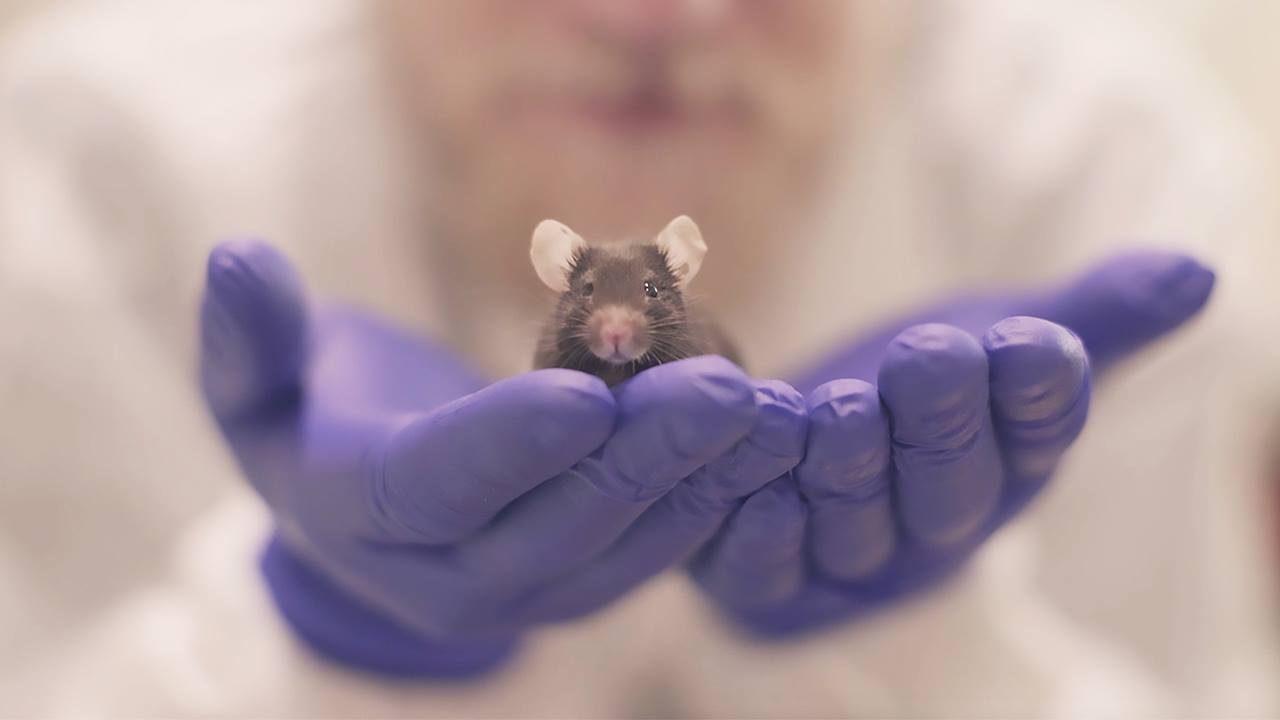
Here is our Christof Koch’s talk on studying consciousness in the mouse, shown during last week’s annual meeting of the Japan Neuroscience Society.
Jul 21, 2016
Updated Brain Map Identifies Nearly 100 New Regions
Posted by Shailesh Prasad in category: neuroscience
Data from 1,200 brain scans performed as part of the Human Connectome Project allowed researchers to unveil the brain’s hidden geography.
